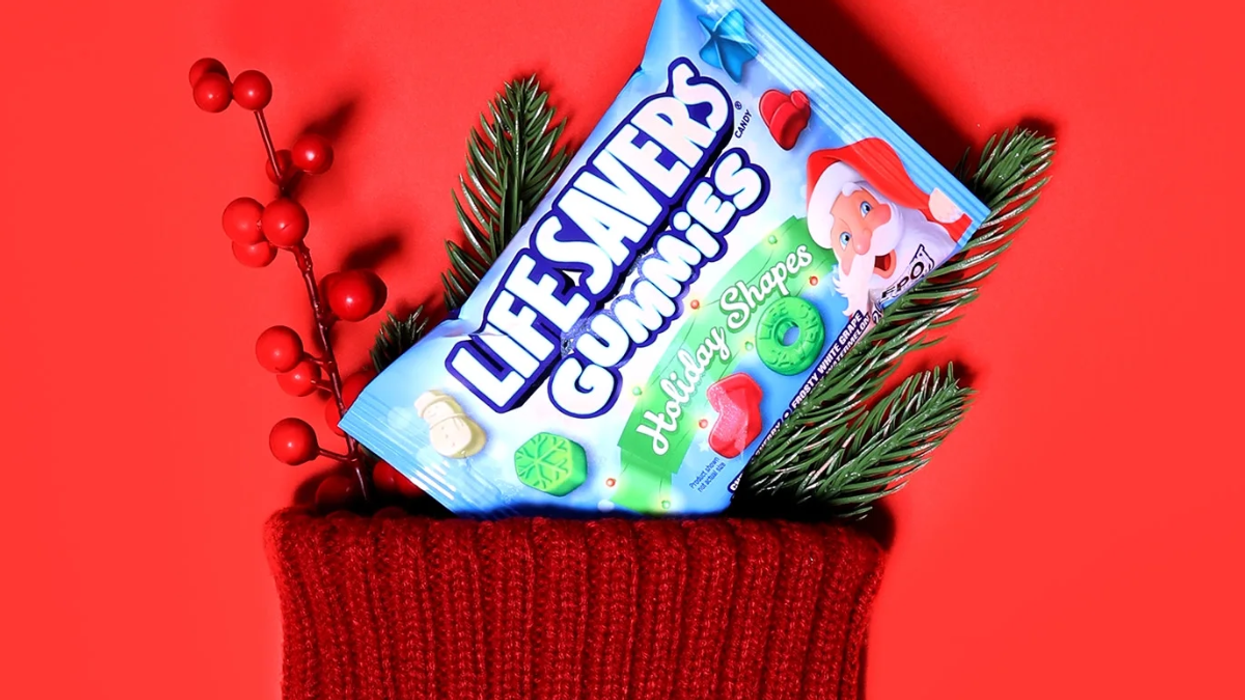Cher has spoken.
Here’s How Cher *Really* Feels About Kim Kardashian West Posing As Her

Kim Kardashian West has been living her best life as of late… all while dressed as other famous people. In the past few weeks, she’s channeled a ‘90s Lil’ Kim for the CR Fashion Book, one Jacqueline Kennedy for the cover of Interview, and music legend Cher for Harper’s Bazaar.
While the world has offered up PLENTY of opinions on all three shoots, there’s one in particular that holds slightly more weight than all the others: that of Cher herself.
The ‘70s songbird has just offered up HER take on the iconic photoshoot by photographer Mariano Vivanco, which featured plenty of sequined minis, flowing tops, and jet black hair for days, and it’s probably not the one that you’d expect.

Replying to a fan’s post of black and white side-by-side images of the modern fashionista and her muse, Cher gave her official stamp of approval (and offered up a little of the history behind one of the original snaps in the process).
@KimKardashian thank you so much for make this pics inspires in my muse @Cher!!! 😍😍👌🏻👌🏻❤️❤️ pic.twitter.com/VtobS4FOKh
— Biankla #chercrew (@ouatpoporrilla) August 31, 2017
“<3 this pic,” she began. “Playing with mesh diamond band Dave gave me to roll through fingers instead of 🚬 ;)” And as for Kim? “My little Armenian. Sister did us both proud.”
Kardashian West, likewise, had nothing but good things to say about the “Ooga Boo” singer. “She’s always had the sickest style, I’m obsessed with her,” she told Harper’s. “To think that she was wearing these sheer dresses in the ‘70s and just what people must have thought back then.”
Still, at the end of the day, the mommy of two says she wants to be herself. “At the end of the day I still have to be me.”
Are you surprised Cher was into the shoot? Tell us over @BritandCo.
(Photo via Kevork Djansezian + Dimitrios Kambouris/Getty)

















